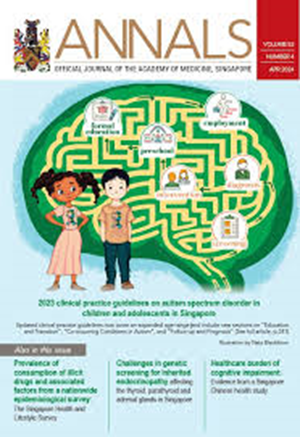微量营养素与肾脏健康
IF 5.2
4区 医学
Q2 Medicine
引用次数: 0
摘要
慢性肾脏疾病(CKD)是由多种疾病引起的肾脏结构和功能紊乱,如糖尿病、高血压和肾小球疾病CKD的发生和发展有许多因素,通常,我们没有将重金属暴露视为CKD发展和促进因素的风险因素。重金属,如镉,汞,砷和铅,可以通过各种来源进入人体,包括受污染的水,食物,空气污染,职业暴露和某些药物。长期或过量接触这些金属可导致它们在肾脏中积聚并引起肾毒性。肾脏具有重吸收和浓缩二价离子和金属的能力。肾近端小管负责从肾小球滤液中重新吸收必需物质。血液中的重金属可以以惰性形式与金属硫蛋白和谷胱甘肽结合,然后结合物通过肝脏和肾脏释放到血液中。这些物质随后通过近端小管S1段的内吞过程被重吸收,最终可能导致慢性炎症、肾纤维化和肾功能衰竭。本文章由计算机程序翻译,如有差异,请以英文原文为准。
Micronutrients and kidney health
Chronic kidney disease (CKD) is a structural and functional disorder of the kidney caused by many diseases, such as diabetes, hypertension and glomerular disease.1 There are many factors that contribute to the development and progression of CKD, and often, we do not look at the exposure of heavy metals as a risk factor for the development and accelerant of CKD.2 Heavy metals, such as cadmium, mercury, arsenic and lead, can enter the body through various sources, including contaminated water, food, air pollution, occupational exposure and certain medications. Prolonged or excessive exposure to these metals can lead to their accumulation in the kidneys and cause nephrotoxicity. The kidney has the ability to reabsorb and concentrate divalent ions and metals. The renal proximal tubules are responsible for the reabsorption of essential substances from the glomerular filtrate. Heavy metals in the blood can bind to metallothionein and glutathione in inert forms, and the conjugates are then released into the blood through the liver and kidneys. These substances are then reabsorbed through the endocytic process in the S1 segment of the proximal tubule, which may eventually lead to chronic inflammation, renal fibrosis and renal failure.
求助全文
通过发布文献求助,成功后即可免费获取论文全文。
去求助
来源期刊

Annals Academy of Medicine Singapore
医学-医学:内科
CiteScore
4.90
自引率
5.80%
发文量
186
审稿时长
6-12 weeks
期刊介绍:
The Annals is the official journal of the Academy of Medicine, Singapore. Established in 1972, Annals is the leading medical journal in Singapore which aims to publish novel findings from clinical research as well as medical practices that can benefit the medical community.
 求助内容:
求助内容: 应助结果提醒方式:
应助结果提醒方式:


